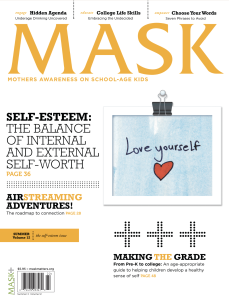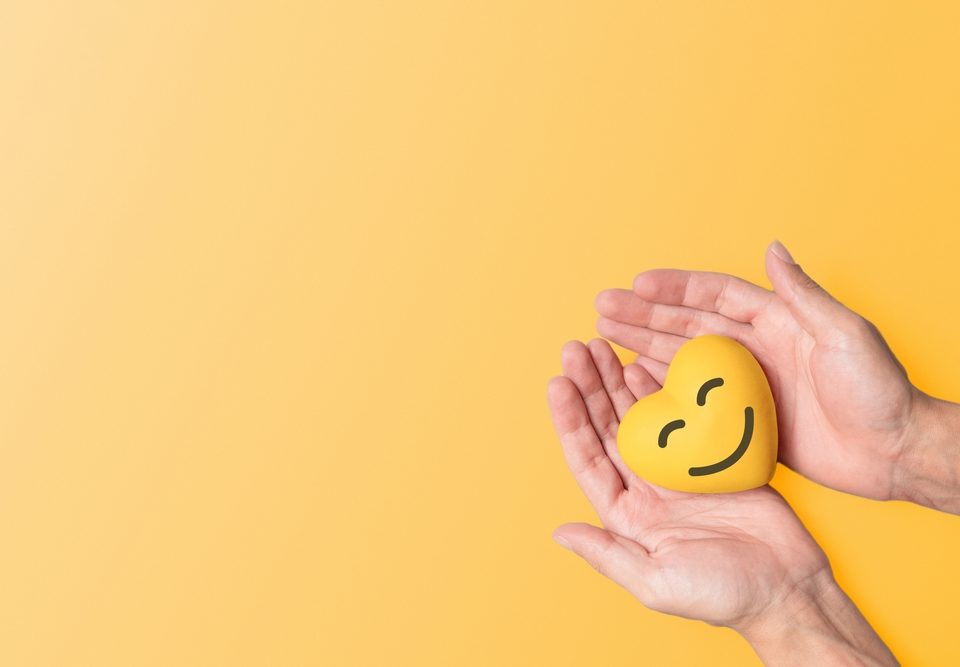
Eating Disorders and Teens
January 15, 2024
Helping a Troubled Teen
January 15, 2024Several factors can influence and affect the development of self-esteem in children.
Here are some key factors:
- Parental Influence: The way parents interact with their children, provide support, and offer constructive feedback can significantly impact a child’s self-esteem.
- Peer Relationships: Positive relationships with peers can contribute to a child’s sense of belonging and acceptance, fostering a positive self-image.
- Academic Performance: Success in academic pursuits or extracurricular activities can boost a child’s self-esteem, while challenges or failures may have the opposite effect.
- Media and Social Influences: Media messages and societal standards can shape a child’s perception of themselves. Unrealistic beauty standards or stereotypes can negatively impact self-esteem.
- Personality and Temperament: Each child is unique, and their individual personality traits and temperament can influence how they perceive themselves.
- Feedback and Encouragement: Constructive feedback and positive reinforcement contribute to a child’s sense of competence and self-worth.
- Cultural and Socioeconomic Factors: Cultural expectations and socioeconomic status may play a role in shaping a child’s self-esteem.
- Bullying and Peer Pressure: Negative experiences such as bullying or peer pressure can have detrimental effects on a child’s self-esteem.
- Physical Health: Physical well-being, including issues like chronic illness or disabilities, can impact how a child feels about themselves.
- Parental Expectations: Unrealistic or overly demanding expectations from parents can create pressure and affect a child’s self-esteem.
It’s important to note that these factors often interact, and the development of self-esteem is a complex process. Positive and supportive environments, along with open communication, can contribute to fostering healthy self-esteem in children.
Grab the Self Esteem Issue of MASK The Magazine and learn how to help your child.
MASK The Magazine is the parenting manual offering solutions to the modern-day challenges families face. Each quarterly issue of the award-winning MASK The Magazine tackles a specific topic in-depth and examines how it can affect kids from Pre-kindergarten to College.
MASK the Magazine content is evergreen as it is written based on the “core” topics and strategies. Ships only in the United States.
To learn more about MASK The Magazine



